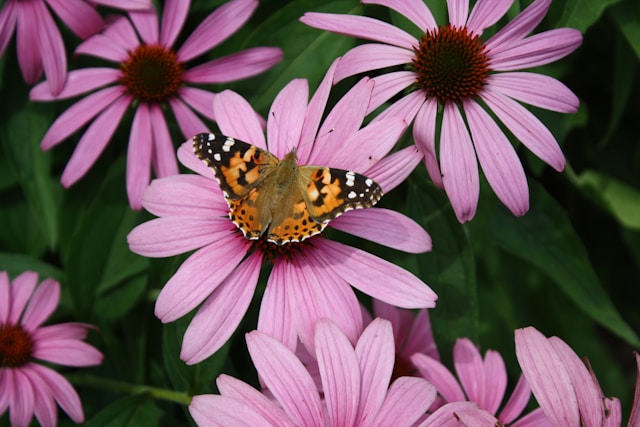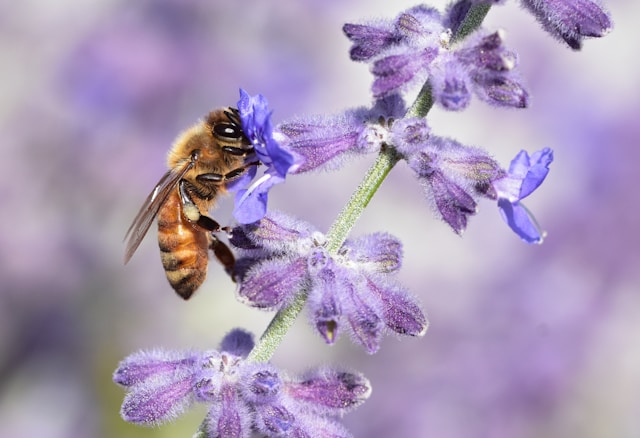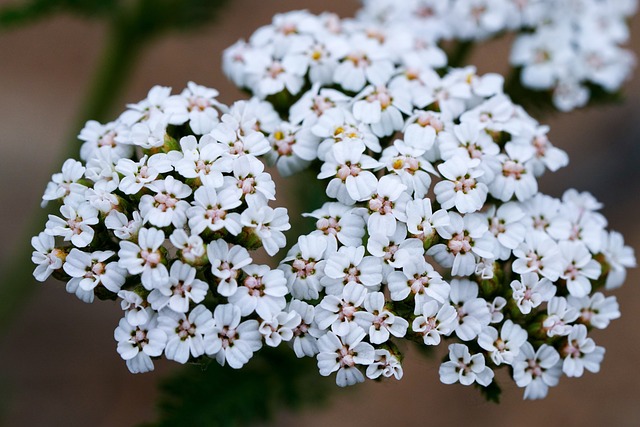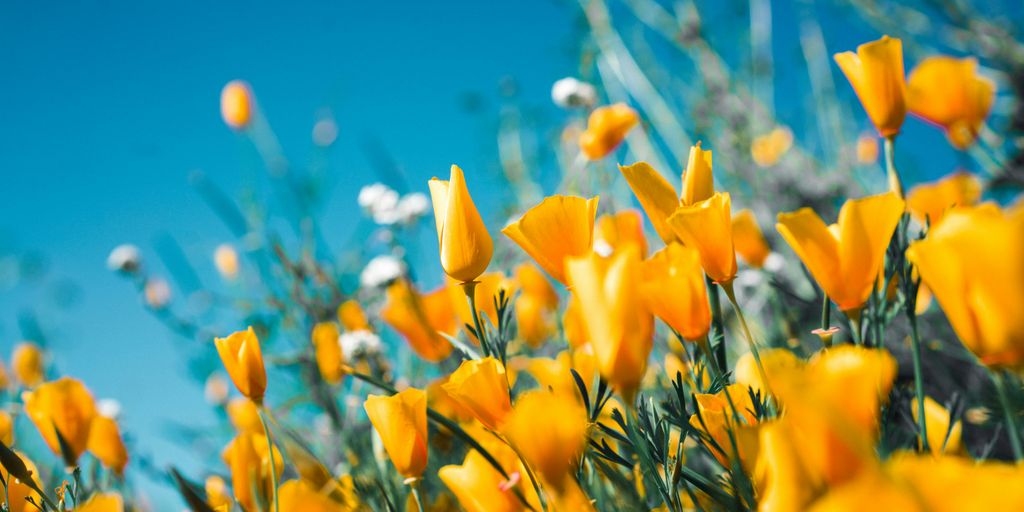Want a garden that blooms for months without constant replanting? You’re in the right place! These perennial flowers bloom from spring to fall, filling your space with non-stop color and life year after year.
Below, we’ve listed the top long-blooming perennials—with details on bloom time, sun and soil needs, fertilizer tips, and why each plant is awesome. Let’s dig in!
1. Coneflower (Echinacea)

- Bloom Time: Late spring to fall
- USDA Zone: 3–9
- Sunlight: Full sun
- Soil: Well-drained, sandy or loamy soil
- Fertilizer: Minimal; compost in spring is usually enough
- Why It’s Great: Low-maintenance, drought-tolerant, and attracts butterflies and bees. It also produces long-lasting cut flowers.
2. Coreopsis (Tickseed)

- Bloom Time: Early summer to fall
- USDA Zone: 4–9
- Sunlight: Full sun
- Soil: Well-drained; tolerates poor or rocky soil
- Fertilizer: Light feeding in early spring; avoid overfeeding
- Why It’s Great: Masses of cheerful daisy-like blooms and very low maintenance. Excellent for pollinators and tough garden spots.
3. Geranium ‘Rozanne’ (Cranesbill)

- Bloom Time: Late spring to frost
- USDA Zone: 5–8
- Sunlight: Full sun to part shade
- Soil: Moist, well-drained, rich in organic matter
- Fertilizer: Slow-release fertilizer or compost in spring
- Why It’s Great: One of the longest-blooming geraniums. Deer-resistant and spreads beautifully without being invasive.
4. Russian Sage (Perovskia atriplicifolia)

- Bloom Time: Midsummer to late fall
- USDA Zone: 4–9
- Sunlight: Full sun
- Soil: Well-drained, sandy or gravelly
- Fertilizer: Needs little; compost or low-nitrogen fertilizer in spring
- Why It’s Great: Airy lavender-blue blooms, silver foliage, heat- and drought-tolerant. Perfect for adding height and movement.
5. Daylilies (Hemerocallis)

- Bloom Time: Early summer to fall
- USDA Zone: 3–10
- Sunlight: Full sun to partial shade
- Soil: Well-drained, fertile soil
- Fertilizer: Balanced 10-10-10 fertilizer in spring and mid-season
- Why It’s Great: Hardy, colorful, and nearly indestructible. Each flower lasts one day, but the plant sends out tons of buds.
6. Salvia (Perennial Sage)

- Bloom Time: Late spring to fall
- USDA Zone: 4–9
- Sunlight: Full sun
- Soil: Well-drained, moderately fertile soil
- Fertilizer: Light feeding in spring with balanced fertilizer
- Why It’s Great: Striking purple or blue spikes, loved by hummingbirds and bees. Adds vertical interest and structure to any bed.
7. Blanket Flower (Gaillardia)
- Bloom Time: Early summer to frost
- USDA Zone: 3–10
- Sunlight: Full sun
- Soil: Well-drained, poor or sandy soil
- Fertilizer: Rarely needed; light compost in spring
- Why It’s Great: Bold, fiery blooms with amazing heat and drought tolerance. Great for dry climates and containers.
8. Yarrow (Achillea)

- Bloom Time: Late spring to fall
- USDA Zone: 3–9
- Sunlight: Full sun
- Soil: Well-drained, average to poor soil
- Fertilizer: Avoid fertilizing; too much causes flopping. Compost in spring is sufficient.
- Why It’s Great: Tough, drought-resistant, and a pollinator magnet. Flat-topped flowers add unique texture to gardens.
Gardening Tips for Non-Stop Blooms
- Deadhead spent flowers regularly to keep the blooms coming.
- Mulch to retain moisture and keep roots cool in hot months.
- Space plants correctly so they get enough airflow and sun.
- Use compost annually to enrich soil naturally without over-fertilizing.
- Choose perennials with overlapping bloom times for continuous color.
Final Thoughts
With just a little planning, you can enjoy a colorful, pollinator-friendly garden that blooms from spring to fall—without starting over each season. These perennials are hardy, beautiful, and often need less care than you’d expect.
Want more garden inspiration? Bookmark this post or share it with your favorite plant parent.
Zaki Infitar is the driving force and creative mind behind GreenBuilt.co. As a self-taught gardener with an unwavering passion for all things green, Zaki’s journey into the world of gardening is a testament to his dedication and love for nature.

